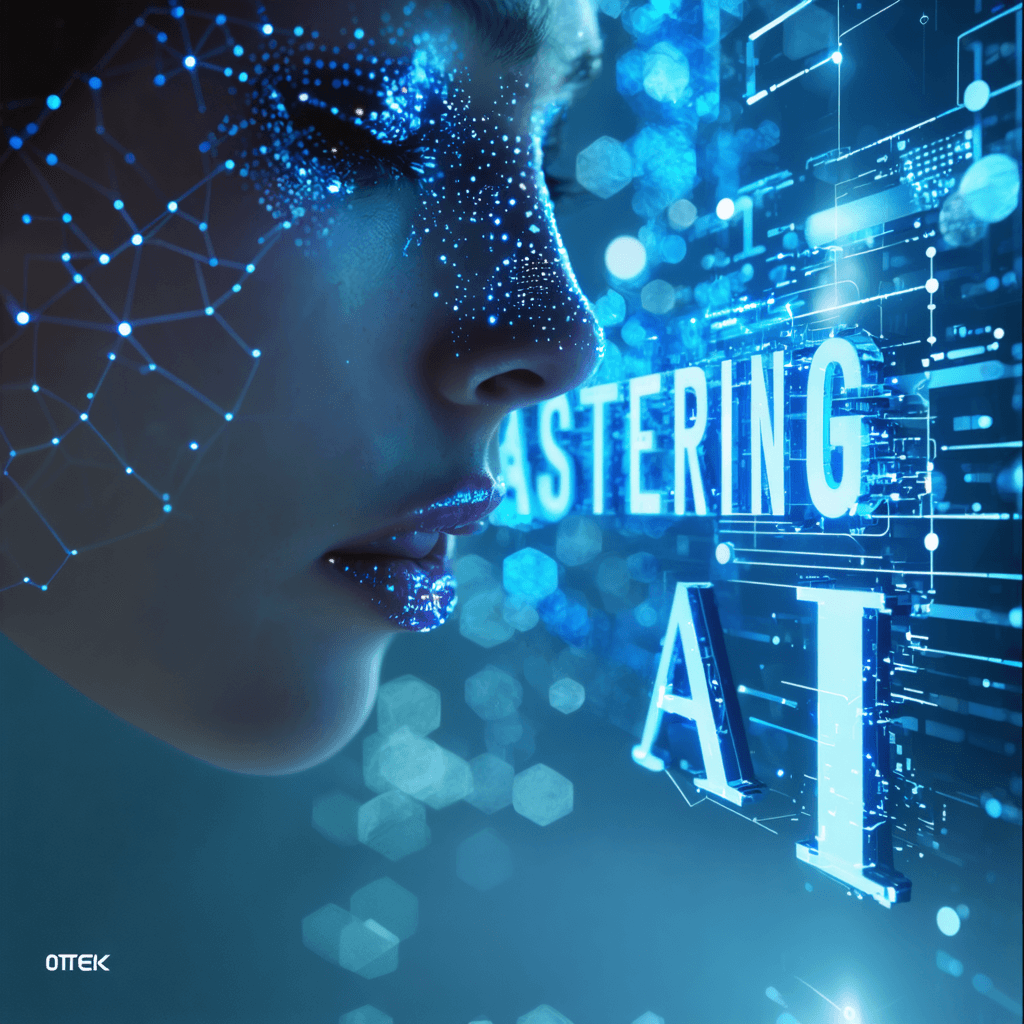Mastering the Art of Conversational AI: From Novice to Expert in Simple Steps
Navigating the world of Conversational AI might seem daunting at first, but with the right approach and understanding, anyone can master this transformative technology. Whether you're a developer, business professional, or technology enthusiast, this comprehensive guide will walk you through the essential steps to become proficient in conversational AI.
Understanding the Basics
Conversational AI represents the technology that enables computers to engage in human-like dialogue. It encompasses various components, including Natural Language Processing (NLP), Machine Learning (ML), and Natural Language Understanding (NLU). These elements work together to create intelligent systems that can comprehend, process, and respond to human communication naturally.
Key Components of Conversational AI
- Natural Language Processing (NLP)
- Text analysis and understanding
- Sentiment detection
- Language pattern recognition
- Context interpretation
- Machine Learning Algorithms
- Pattern identification
- Response generation
- Continuous learning capabilities
- Behavioral adaptation
- Natural Language Understanding (NLU)
- Intent recognition
- Entity extraction
- Contextual comprehension
- Semantic analysis
Getting Started with Conversational AI
1. Build a Strong Foundation
Before diving into complex implementations, ensure you have a solid understanding of:
- Programming basics (Python is recommended)
- Data structures and algorithms
- Basic statistics and probability
- Linguistics fundamentals
2. Choose Your Learning Path
There are several approaches to learning conversational AI:
- Academic Route: Pursue formal education in AI, ML, or Computer Science
- Self-Learning: Utilize online courses and resources
- Practical Experience: Work on real-world projects and applications
- Community Engagement: Join AI communities and forums
Essential Skills Development
Technical Skills
- Programming Languages
- Python (primary language for AI development)
- JavaScript (for web-based chatbots)
- Java (for enterprise applications)
- Frameworks and Tools
- TensorFlow or PyTorch
- RASA or Dialogflow
- BERT and GPT models
- Azure Bot Service or AWS Lex
Soft Skills
- Communication
- Understanding user needs
- Clear documentation
- Effective collaboration
- Problem-Solving
- Analytical thinking
- Creative solution design
- Debugging and troubleshooting
Best Practices for Implementation
1. Design Principles
- Keep conversations natural and flowing
- Implement proper error handling
- Maintain context throughout interactions
- Design for scalability from the start
2. Testing and Validation
- Conduct thorough user testing
- Implement A/B testing for responses
- Regular performance monitoring
- Continuous improvement cycles
Advanced Concepts
1. Context Management
Managing context is crucial for maintaining meaningful conversations:
- Implement state management
- Track conversation history
- Handle context switching
- Maintain user preferences
2. Integration Capabilities
Modern conversational AI systems should integrate with:
- Multiple channels (web, mobile, social media)
- Backend systems and databases
- Third-party APIs
- Analytics tools
Common Challenges and Solutions
1. Handling Edge Cases
- Implement fallback responses
- Create robust error handling
- Design conversation recovery mechanisms
- Monitor and learn from failures
2. Performance Optimization
- Optimize response times
- Implement caching strategies
- Balance accuracy and speed
- Scale infrastructure as needed
Future Trends and Considerations
Stay ahead by keeping an eye on emerging trends:
- Multimodal AI systems
- Emotional intelligence in AI
- Privacy and security developments
- Ethical AI considerations
Practical Implementation Steps
- Start Small
- Begin with simple use cases
- Focus on specific domains
- Implement basic functionality first
- Gradually add complex features
- Iterate and Improve
- Gather user feedback
- Analyze conversation logs
- Identify improvement areas
- Implement changes systematically
Measuring Success
Key Performance Indicators (KPIs)
- User satisfaction rates
- Task completion rates
- Response accuracy
- Conversation duration
- User retention metrics
Continuous Improvement
- Regular performance reviews
- User feedback integration
- System updates and upgrades
- Team skill enhancement
Building for Scale
As your conversational AI system grows, consider:
- Infrastructure requirements
- Load balancing strategies
- Database optimization
- Monitoring and alerting systems
Ethical Considerations
Remember to:
- Protect user privacy
- Ensure data security
- Maintain transparency
- Follow ethical guidelines
- Consider cultural sensitivity
Conclusion
Mastering conversational AI is a journey that requires dedication, continuous learning, and practical experience. By following these steps and best practices, you can develop robust and effective conversational AI systems that provide real value to users and businesses alike.
Ready to take your Conversational AI skills to the next level? Explore our comprehensive courses and resources at 01TEK. From beginner-friendly tutorials to advanced implementation guides, we provide everything you need to become a Conversational AI expert. Join our community of learners and start your journey toward mastering this exciting technology today!
To never forget that the most important thing in life is the quality of life we lead
Quoted by Tony Hsieh on Retireat21



